The Persian Heritage journal recently published an article by Kaveh Farrokh and Sheda Vasseghi (click the link below in Academia.edu for downloading the entire article):
Note that Sheda Vasseghi obtained her PhD recently from the University of new England (click the link below in Academia.edu for downloading her Dissertation):
As averred to in the initial parts of the Farrokh-Vasseghi article (page 12):
“Among one of the 20th century’s most enduring legacies is the invention of the term “The Middle East”. A brief examination of the origins of the “Middle East” term will reveal it to be a contrived geopolitical expression of Anglo-British origin. Despite this the “Middle East” term is often used by scholars, the media and laypersons, as if it were a valid, logical and scientific concept. More specifically the terms “Middle East” and “Middle Eastern” are often assumed to portray a cultural, anthropological and historical unity like the terms “Europe” and “European” for example. In practice the “Middle East” terminology has served to create profound misconceptions with respect to the greater West Asia region. As a simplistic term, the “Middle East” invention has done little to ease growing geopolitical issues at the international level.“
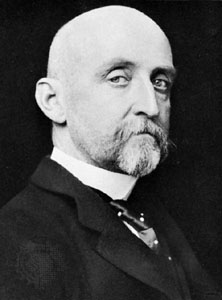
The term “Middle East” was first invented by Alfred Thayer Mahan (1840-1914). Mahan’s invention first appeared in the September 1902 issue of London’s monthly “National review” in an article entitled “The Persian Gulf and International Relations”. Specifically, Mahan wrote: “The Middle East, if I may adopt the term which I have not seen…”. The term – Middle East – when examined in cultural, anthropological and cultural terms makes very little sense. Iran and Turkey for example are not Arab countries and in fact share a long-standing Turco-Iranian or Persianate civilization distinct from the Arabo-Islamic dynamic. Instead, the Turks and Iranians have strong ties to the Caucasus and Central Asia (Image: Encyclopedia Brittanica).
The article discusses the history of how (and why) the “Middle East” term (or myth?) was invented. As noted in the above quote of the article the “term
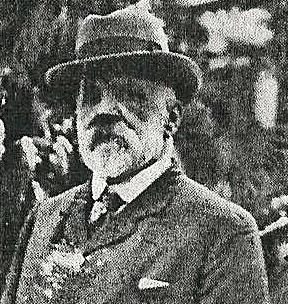
Mahan’s invented term “Middle East” was popularized by Sir Ignatius Valentine Chirol (1852-1929), a journalist designated as “a special correspondent from Tehran” by The Times newspaper. Chirol’s seminal article “The Middle Eastern Question” expanded Mahan’s version of the “Middle East” to now include “Persia, Iraq, the east coast of Arabia, Afghanistan, and Tibet”. Surprised? Yes, you read correctly -Tibet! The term Middle East was (and is) a colonial construct used to delineate British (and now West European and US) geopolitical and economic interests. These same interests help promote the usage of terminology such as “Islamic arts and architecture” (Image: Ria Press).
As expostulated in the article, the term “Middle East” is a geopolitical term. Western media outlets, political platforms and entertainment venues have been using the “Middle East” term since the early 20th century, however the term itself is neither scientific nor historical.
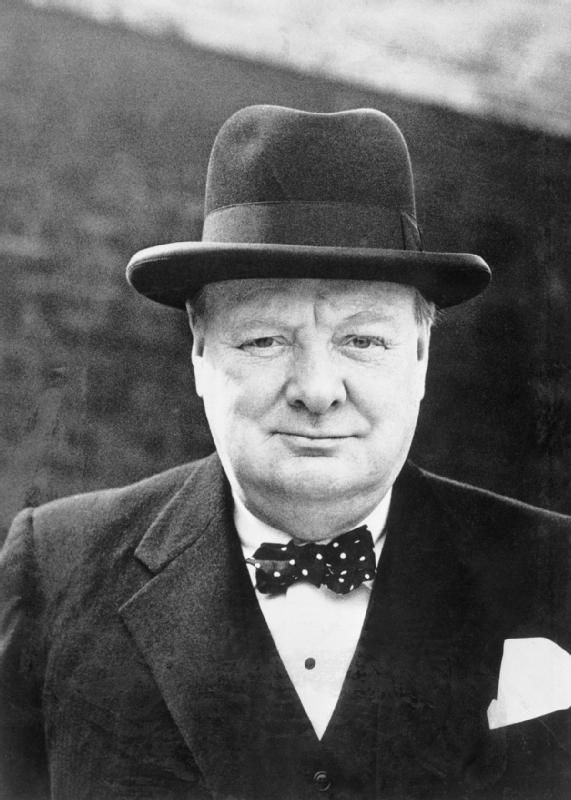
Mahan and Chirol’s invention (Middle East) provided the geopolitical terminology required to rationally organize the expansion of British political, military and economic interests into the Persian Gulf region. After the First World War, Winston Churchill (above – 1874-1965) became the head of the newly established “Middle East Department”. Churchill’s department redefined Mahan’s original “The Middle East” invention to now include the Suez Canal, the Sinai, the Arabian Peninsula, as well as the newly created states of Iraq, Palestine, and Trans-Jordan. Tibet and Afghanistan were now excluded from London’s Middle East grouping. The decision to include non-Arab Iran as a member of the “Middle East” in 1942 was to rationalize the role of British political and Petroleum interests in the country (Image: Wikipedia).
As discussed towards the concluding sections of the Farrokh-Vasseghi article (page 14):
“The first and foremost impact of the “Middle East” concept is in how Iranians continue to be classified by the majority of North Americans as an Arab country. Jack Shaheen for example had discovered as far back as the 1980s that over 80 percent of North Americans believe Iranians to be Arabs and Arabic-speaking. Again the term “Muslim” (pronounced /Moozlem/ in North American outlets) appears to be the catalyst for these misconceptions – the notion that if a region is Islamic in religion (regardless of sect or denomination, etc.) then all persons associated with that region must somehow be automatically Arabs and/or share the same language, culture and civilization. However not all Arabs are Islamic in faith as there are also Christian Arabs whose roots go back for centuries before the arrival of the Islamic religion. Thus even the Western conception of Arabs is simplistic and misleading.
Words and terminologies can have a significant impact, especially when these are applied erroneously with respect to the understanding of identity and culture. Put simply, politically invented terminologies such as “Middle East” and “Muslim World” often represent a colonialist-economic power viewpoint. “
The “Middle East” myth has in turn led to the rise of yet more politically-based terminologies. These in turn have entered the domains of scholarship, popular media outlets and political discourse. One such example is noted by Souren Malekian (see full article here …):
“Political bias often leads to absurd categorization. Even so, few among the arbitrary constructs adopted by the West as a result of 19th-century colonial attitudes can beat the meaningless concept of “Islamic art.” Its corrosive effect on academic thinking is matched by its counterproductive effect in the art market. By lumping together works of art that are not remotely related aesthetically or conceptually, it leads to a visual confusion that is unhelpful, to put it mildly. … Orientalism has barely changed its colors…”
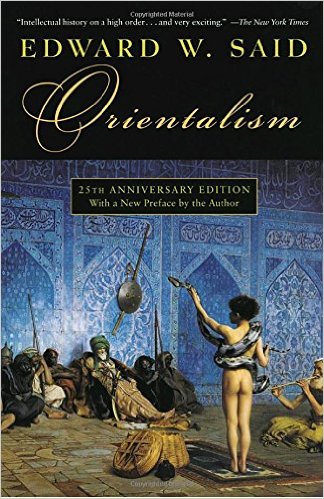
The landmark textbook “Orientalism” by the late Edward Said (1935-2003) originally published in 1979 (for more information on this text see – Amazon.com). As noted in the Amazon.com link: “This entrenched view [of the “Orient”] continues to dominate western ideas and, because it does not allow the East to represent itself, prevents true understanding.”
Professor Jalal Matini has been addressing concerns with respect to (politically motivated) terminology such as “Islamic Science” and “Islamic Arts” since the early 1980s. Matini was the chief editor of the peer-reviewed Iranshenasi journal which examined and published a review of Kaveh Farrokh’s second text Shadows in the Desert: Ancient Persia at War-Персы: Армия великих царей-سایههای صحرا- (click the link below in Academia.edu for downloading a copy of the review of Farrokh’s text by Farhad mafie in the peer-reviewed Iranshenasi journal):
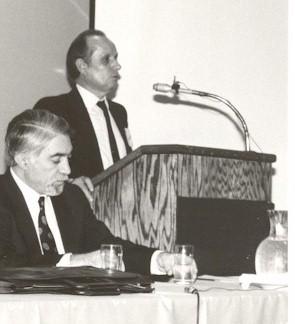
Professor Jalal Matini (standing at podium), the Chief Editor of the Iranshenasi journal flanked by the late Iranian poet and thinker, Nader Naderpour (seated at left) at UCLA.
The Farrokh-Vasseqhi article endeavors to provide an educational and dispassionate examination of the challenges posed by the invention and application of simplistic terminologies aimed at rationalizing geopolitical interests.



